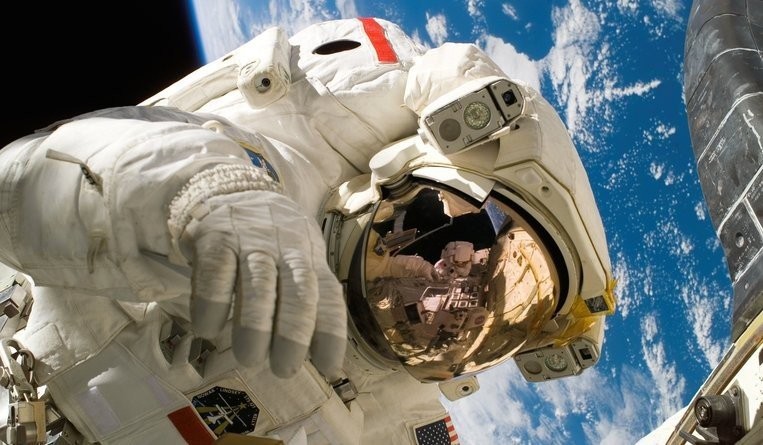Patents in Space
06 October 2020

Since the Apollo 11 first landed on July 20, 1969, many have already followed suit - and still, many more have attempted to duplicate what Neil Armstrong, Michael Collins and Buzz Aldrin have done.
Now, Chandrayan-3 also wants to follow in its footsteps and hopes to launch in early 2021. This is India’s second attempt at a soft landing on the intended part of the moon, which was earlier deterred in September 2019 due to an undisclosed impediment in Chandrayan-2, which led to a failure of the lander’s soft landing attempt on the Southern side of the moon.
Chandryaan-3 is essentially a repeat mission of Chandrayan-2 but will only include a lander and rover similar to that of
Chandrayan-2 but without an orbiter. The alterations in the technical design of Chandrayan-3 are aimed at making the mission more equipped to reach its desired objective.
Interestingly, there is a conflict between IP Rights and Space Law. While space patents have shown immense potential, patenting space technologies presents some complications that are not so often encountered in more terrestrial areas of technology.

“In particular, patents for a system or a method that would be implemented in space can end up being of limited use when it comes to enforcement,” says Ankita Sabharwal, Associate, Chadha and Chadha. “The reason for this is that patents confer national rights. Hence, in order to enable the full realization of patent rights in space, terrestrial IP laws need greater harmonization with developments in the cosmos. The monopolistic nature of patent rights often converges with the fundamental principles of space law including "province of all mankind," "common heritage of mankind," "benefit of all countries," amongst others, which represent the idea of common benefits.”
Other issues such as detection of extra-territorial patent infringement, the extent of rights of the launching state and creating state, the extent of ownership accorded to private entities and others, serve as complexities in effective harmonization of space inventions under the patent regime.
According to Sabharwal, owing to the embryonic possibilities in the outer space, countries across the globe are working towards systematizing their national IP laws to make them compatible with the dynamic nature of cosmic development.
“International entities including the World Intellectual Property Organisation (WIPO) and the Agreement on Trade-Related Aspects of Intellectual Property Rights (TRIPS) are serving as facilitators in enabling countries to reach their desired objective of providing maximum patent enforcement for space-related inventions,” she says. While national space-specific legislations promulgate the aforesaid idea of administering space-related activities, they often remain under scrutiny due to the varied parameters of protection and enforcement offered by them. Thus, in order to ensure effective enforcement of IP laws in space, uniformity in space governing laws are required at a global level to ensure effective and non-discriminatory enforcement of patent rights in outer space.”
This also has some impact on businesses. According to Sabharwal, owing to the commercial prospects in the outer space as well as the privatization of space exploration, business owners and inventions shall greatly benefit from the exclusivity granted through patent rights.
“Apart from the inherent advantage of “exclusivity”, business owners shall also benefit from ancillary nature of patent rights which include “dominant market position” as well as the “acquisition scope” which are conferred upon patent owners,” she says. “Moreover, effective enforcement of patent rights with respect to space-related inventions shall provide inventors with the requisite impetus to undertake greater research and innovation in this field, which in turn can prove to be a boon for mankind.”
She adds, “With countries aiming to dominate the outer space, I am certain that intellectual property rights, and specifically patent rights have an extremely promising future with respect to space-related inventions. Technologies such as weather forecasting, global communications, climate studies, air traffic control have also been possible due to the effective optimization and exploration of opportunities offered by outer space. Hence, research in the outer space has enabled the introduction of tellurian technologies, benefiting terrestrial beings. Thus, it is only a matter of time that space-related inventions shall seek priority in the realm of intellectual property rights.”
Excel V. Dyquiangco






